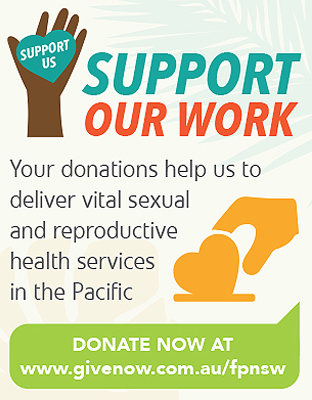Optimising cervical cancer prevention amongst Aboriginal women in rural and remote New South Wales: A pilot study
Research status
Completed
Overview of Study
Family Planning NSW, with Walgett Aboriginal Medical Service, is implementing a pilot study which aims to address the relatively high cervical cancer incidence and mortality amongst Aboriginal women, through utilising a combined screening approach with same-day treatment (if indicated and requested). A ‘same-day’ approach may benefit women who may otherwise be lost to follow up.
An evaluation is being undertaken by the University of Newcastle to explore the acceptability of this approach for Aboriginal and non-Aboriginal women and the relevant health workforce.
Using a supported accommodation setting to reach women experiencing homelessness and/or socio-economic disadvantage to increase cervical screening
Research status
Completed
Overview of Study
In 2013, Sydney Local Health District (SLHD), Leichhardt Women’s Community Health Centre, Family Planning NSW and Domestic Violence NSW (formerly NSW Women’s Refuge Movement) commenced a NSW Cancer Institute-funded health promotion project based within supported accommodation services.
The aim of the project was to increase cervical cancer screening rates for women experiencing socio economic disadvantage, who were homeless and living in supported accommodation or accessing support services within SLHD.




